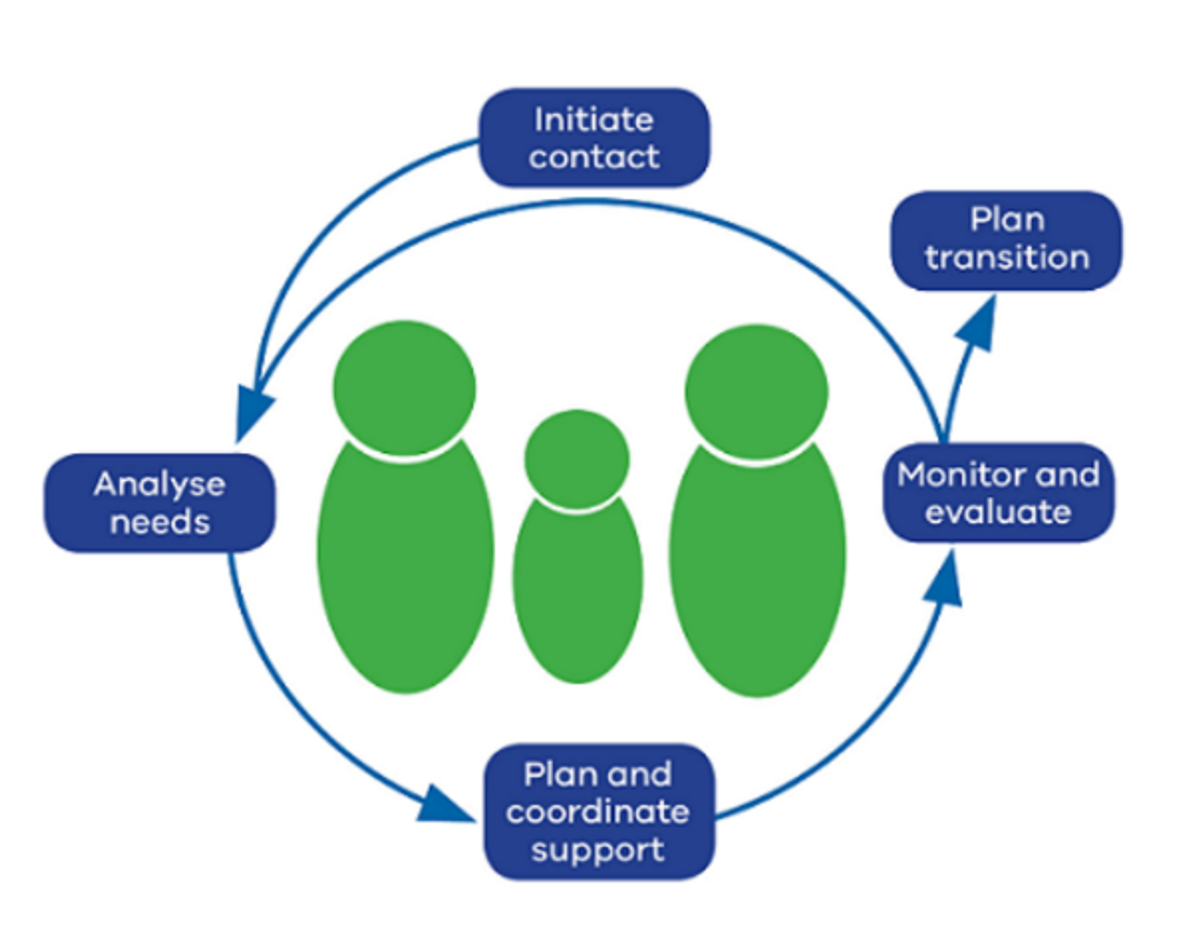From the
Inclusion & Engagement
AP Desk....
Kavita Parmar

From the
Inclusion & Engagement
AP Desk....
Kavita Parmar
The Team Around the Learner


Those who have met me will have heard me use the term “Team Around the Learner” which is an approach to education that identifies schools, students and families as key stakeholders in ensuring each child is given every opportunity of success.
Students’ health, safety and wellbeing are essential to learning and development. At Mitcham Primary School we pride ourselves on providing an inclusive, safe, orderly and stimulating environment for learning to achieve and sustain students’ positive learning experiences.
Our teachers provide differentiated and targeted programs to meet the students individual needs through our evidence-based Wellbeing programs which include the Rights Resilience and Respectful Relationships, commonly referred to as Respectful Relationships (https://www.vic.gov.au/respectful-relationships) and School Wide Positive Behaviour Support (https://www.vic.gov.au/SWPBS).
The Respectful Relationships program teaches students to promote and model respect, positive attitudes and behaviours. It teaches our students how to build healthy relationships, resilience and confidence. Students are taught a sequence of lessons in eight topics of Social and Emotional Learning across all levels of primary and secondary education. At Mitcham Primary School, our students learn about emotional literacy, personal strengths, positive coping, problem solving, stress management, help-seeking, gender and identity and positive gender relations. We are committed to inclusion and diversity at Mitcham Primary School to ensure that our students have every opportunity to become thinkers, learners and leaders.
“Mitcham PS ensures equitable access to education for all students, so they can learn, thrive, and reach their full potential. Our vision is for inclusivity and support to allow all students to flourish.”
School-Wide Positive Behaviour Support (SWPBS) is an internationally recognised approach with an extensive evidence base that is shown to improve behavioural, wellbeing, and academic outcomes for children and young people. Through this approach students and staff benefit from:
The combination of the two programs at Mitcham Primary School help to establish a common philosophy and purpose: Staff and students use a common language to discuss academic learning, wellbeing and behaviour to support their individual growth.
Why is it important?
Children and teenagers who can understand and manage their emotions are more likely to:
Your child’s ability to understand and manage emotions develops over time. When your child is young, they’ll need help with understanding emotions. This mostly involves recognising and naming emotions, which lays the groundwork for managing emotions as your child gets older.
As your child grows, they’ll learn more strategies to manage their emotions without your help.
Understanding and managing emotions is also called emotional regulation. It’s an important part of your child’s self-regulation.
How can parents help to support this ongoing work at home?
Children 3-8 years: learning to understand and manage emotions
Children develop their ability to recognise and name emotions through plenty of practice. It’s easier for children to practise through play, when they’re relaxed, or before their emotions get too intense.
Here are ways you can help your child practise recognising and naming emotions:
You can also start helping your child learn simple strategies to manage their emotions. For example:
It can be hard for your child to use strategies like these when they’re very upset. They might shout, hit things or behave in other inappropriate ways instead. So you might need to help your child calm down. When they’re calm, you can help them understand that strong emotions are OK, but behaviour like shouting and hitting isn’t.
Pre-teens and teenagers: strengthening emotional skills
Pre-teens and teenagers often feel strong and sometimes overwhelming emotions like shame and humiliation. They might know the words for these emotions but still have trouble recognising them when they’re upset. Also, because of teenage brain development, teenagers don’t always have the skills to express and manage emotions in an adult way. That’s why pre-teens and teenagers still need help with understanding and managing emotions. With practice, your child will be able to manage their emotions without you.
Here are ideas to strengthen your child’s ability to understand and manage emotions in the teenage years:
Understanding emotions: children & teens | Raising Children Network
As always, please don’t hesitate to reach out should you need to discuss any ongoing concerns. The staff at Mitcham Primary School are always happy to support our students, families and community.
Kavita Parmar
Inclusion & Engagement Assistant Principal